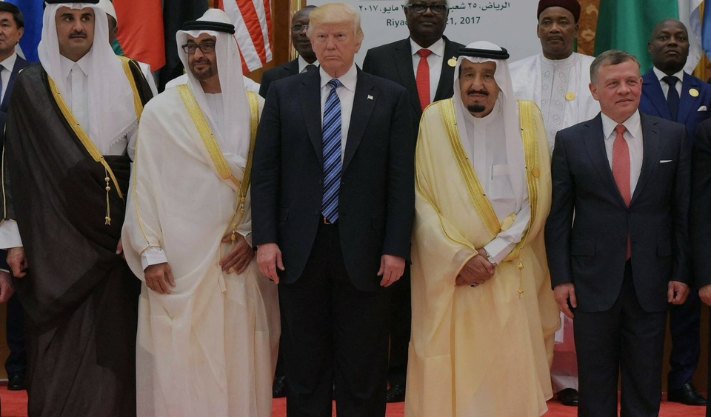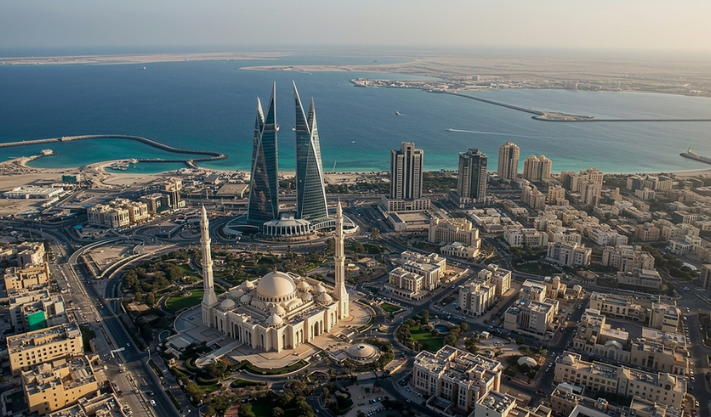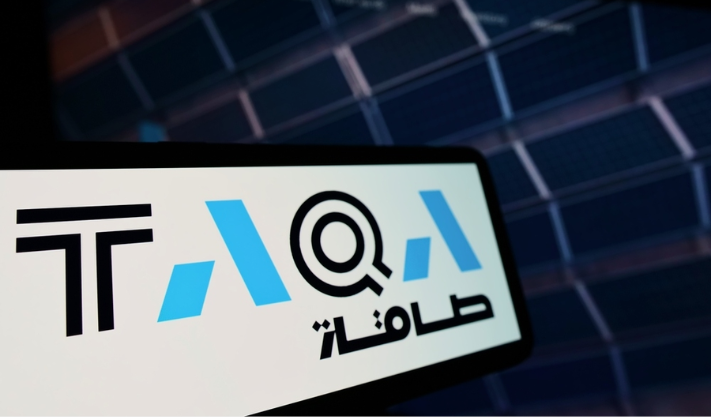US-GCC Trade: Trump’s Visit to the Gulf to Strengthen Trade with Saudi Arabia, UAE, and Qatar
As US President Donald Trump prepares for his visit to Saudi Arabia, the UAE, and Qatar on Tuesday, the economic relationship between the US and the Gulf Cooperation Council (GCC) countries is getting attention. In the first quarter of 2025, trade between the US and GCC reached \$19 billion. The GCC exported \$6.8 billion to the US and imported \$12.2 billion from the US, resulting in a trade deficit of \$5.4 billion, according to Forbes Middle East’s calculations based on early Census Bureau data.
US-GCC Trade
The Gulf Cooperation Council (GCC) is an important partner for the US, combining strong economic power with shared strategic goals. In 2024, trade between the US and the GCC reached $76.2 billion, based on official data from Forbes Middle East. The Gulf countries imported $50 billion worth of goods, including aircraft, machinery, and medical equipment, and exported $26.2 billion, mainly oil, natural gas, and aluminum. This created a trade deficit of $23.8 billion for the Gulf.
The US benefits from the GCC’s demand for high-tech and defense products, while the GCC depends on the US as a key market for its energy exports. Even though the US is the world’s largest oil producer, it still imports oil from GCC countries like Saudi Arabia to meet certain refining needs. This is because domestic oil often needs to be mixed with imported oil to process it efficiently.
Beyond trade, GCC countries are investing heavily in the US. In 2025, Saudi Arabia and the UAE are planning major projects to diversify their economies. A visit by former President Trump is expected to strengthen these ties, possibly through new trade deals or investment agreements.
Experts expect the Gulf countries to make investments in the US economy, especially in areas like semiconductor manufacturing, mining for critical minerals, building data centers, AI development, and defense. They also want closer security cooperation with the US to deal with threats from Iran, the Houthi rebels in Yemen, and China. This cooperation could help them avoid trade tariffs and support their efforts to diversify their economies, according to S&P Global Market Intelligence.
Saudi Arabia
Saudi Arabia is central to US-GCC trade, with a relationship built on decades of economic and security cooperation through the US-Saudi Arabia Trade and Investment Framework Agreement. In the first quarter of 2025, Saudi Arabia imported $3 billion worth of goods from the US, while it exported $2.8 billion, resulting in a trade deficit of $226.4 million. The US provides Saudi Arabia with defense equipment, cars, and industrial machinery, while Saudi Arabia exports 259,000 barrels of oil per day to the US, according to the US Energy Information Administration (EIA).

In 2024, the US imported $13.2 billion worth of goods and exported $12.7 billion, resulting in a small trade deficit of about $443.3 million, according to the US Census Bureau.
Saudi Arabia’s Vision 2030 is a plan to grow its economy in new ways, increasing the demand for US technology and skills. In January 2025, Crown Prince Mohammed bin Salman announced a $600 billion investment in the US over four years, focusing on technology, manufacturing, and energy.
This plan makes Saudi Arabia a key partner in US-Gulf trade. President Trump is likely to aim at strengthening the partnership between the two countries, but low oil prices—Brent crude at $61.44 per barrel in April 2025—might put pressure on Saudi finances.
UAE
The UAE is the US’s largest export market in the Middle East. In the first quarter of the year, the UAE imported $6.8 billion from the US, while exports were $2 billion, creating a large trade deficit of $4.8 billion. The US exports aircraft, machinery, and precious stones to the UAE, while importing aluminum, oil, and fertilizers, according to the US Trade Representative (USTR).

In 2024, the US imported $27 billion worth of goods, which is an 8.5% increase from 2023. Exports were $7.5 billion, a 12.9% rise, leading to a trade deficit of $19.5 billion, according to the US Census Bureau.
The UAE’s open economy and strategic location make it an attractive place for US investments in technology, finance, and tourism. The US-UAE Economic Policy Dialogue, started in 2012, has strengthened this relationship. In March, the UAE promised to invest $1.4 trillion in the US over the next ten years, focusing on advanced technology, artificial intelligence, and renewable energy. UAE sovereign wealth funds like ADIA and Mubadala are already significant investors in the US.
Qatar
Qatar, though having smaller trade volume, is an important US partner, supported by its status as a major non-NATO ally. In the first quarter of 2025, Qatar imported $964.3 million worth of goods from the US and exported $708.1 million, with a deficit of $256.2 million. The US exports aircraft, machinery, and vehicles to Qatar, while importing liquefied natural gas (LNG) and fertilizers, according to the USTR.

In 2024, imports were $3.8 billion, a decrease of 18.3% from 2023, and exports were $1.8 billion, a drop of 10.3%. This resulted in a trade deficit of $2 billion, according to the US Census Bureau.
Qatar’s LNG exports are becoming more important for US energy needs, and its hosting of the Al-Udeid Air Force Base and CENTCOM Forward Headquarters strengthens its strategic position. Although no new trade deals were announced in 2025, Trump’s visit is expected to strengthen the relationship, with possible discussions on energy and regional security. Qatar is a key partner both economically and militarily.
Impact of US tariffs
In April, the US introduced a 10% tariff on most GCC exports, with 25% tariffs on aluminum and steel, but hydrocarbons are exempt.
Since only 3.7% of GCC exports go to the US in 2024, the direct impact is small, especially for Saudi Arabia, the UAE, and Qatar, where oil and gas make up most exports. However, lower oil prices and weaker global demand could cause economic instability and affect banks.
In Saudi Arabia, non-oil exports like petrochemicals will face the 10% tariff, which could harm Vision 2030’s goal of diversifying the economy.
The UAE, which has a more diverse economy, won’t be heavily impacted by tariffs, but the re-export sector, especially electronics, may face risks due to weaker global demand. Small and medium businesses (SMEs), which make up 63.5% of non-oil GDP, may experience higher costs and lower profits.
Qatar will benefit from tariff-free LNG exports but might feel indirect pressures from a weaker global economy, possibly affecting non-oil sectors like fertilizers.
“US tariffs hardly affect exports from Saudi Arabia, the UAE, and Qatar because oil and gas exports are exempt,” said S&P Global Market Intelligence.
“US energy policies may create opportunities for Gulf sovereign wealth funds to invest.”
Trump’s visit could provide an opportunity to discuss tariff changes, using the strong ties between the GCC and the US to reduce economic disruptions.
Published: 13th May 2025
For more article like this please follow our social media Facebook, Linkedin & Instagram
Also Read:
Saudi Awwal Bank to issue dollar Green Sukuk in $5B plan
Egypt’s inflation rose to 13.5% in April due to fuel hikes
Kuwait aims for 50% renewable energy by 2050, says minister








